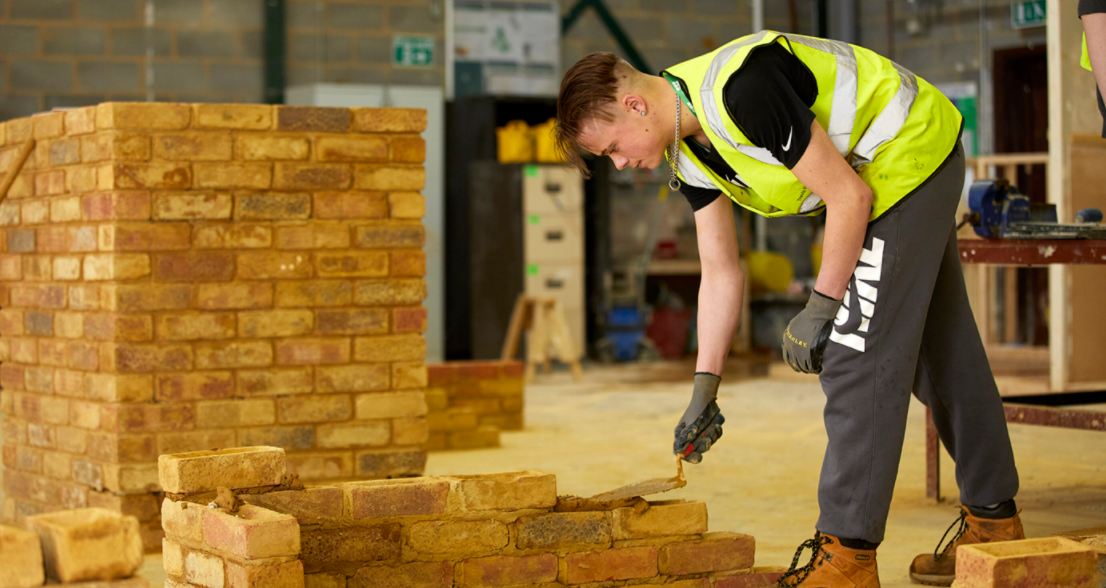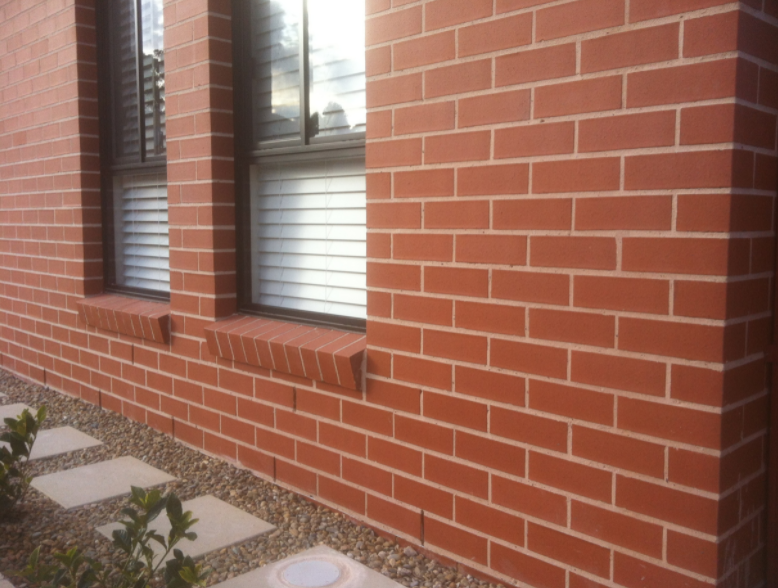Retaining walls made from bricklaying and blocklaying might be an aesthetically pleasing addition to your yard. They might be placed for aesthetic or functional purposes (holding back dirt).
When Should You Hire Engineers?
Without the help of an engineer, do not exceed four feet while using retaining with the bricklayer. With a short retaining wall, you can make a lot of errors and yet get a nice outcome. Larger retaining walls need greater precision and are significantly more dangerous. As a consequence, every wall higher than four feet must be examined by a professional engineer. The soil, as well as the building procedures, must be examined.
Dig A Third Of The Way Into The Ground For The Wall.
Walls that are only supported by the soil crumble. In cold areas, retaining walls constructed using retaining bricklaying and blocklaying that go into the soil should be erected below the frost line. Why? The earth shifts or heaves as a result of the mix of temperature, cooling, and moisture. Even little movement has the ability to fracture or destroy a retaining wall. In most regions, the frost line is about 30 inches.

How Do You Create A Flat Sand Base?
After you’ve dug down, you’ll spread sand (coarse is ideal). Why? Sand is an easy material to deal with for creating a strong, flat bottom row. Make sure you give yourself plenty of time. The bottom row must be perfect. You will need around two inches of sand.
Compaction
Compaction of the foundation is required. You will be quite upset if the wall starts to slump halfway through a building. Furthermore, when you make the rows, compress the fill dirt. It will reinforce the wall and prevent the possibility of backfill sagging after completion. It is essential to use bricklayer for it.
Caps For The Walls
You may use liquid nails for stone or masonry cement. The cement is undeniably better, but it is much more time-consuming to install. Before adding cement, be sure to dampen down the stone. Many inexperienced installers try to install the caps while the stone and cement are too dry.
Keep the wall level by using a string line, string level, and a standard level. Check to see whether you have a high level (four feet). Short levels will not alert you to an error, but they are useful for creating bricklaying and blocklaying.
For more information visit our Website.

